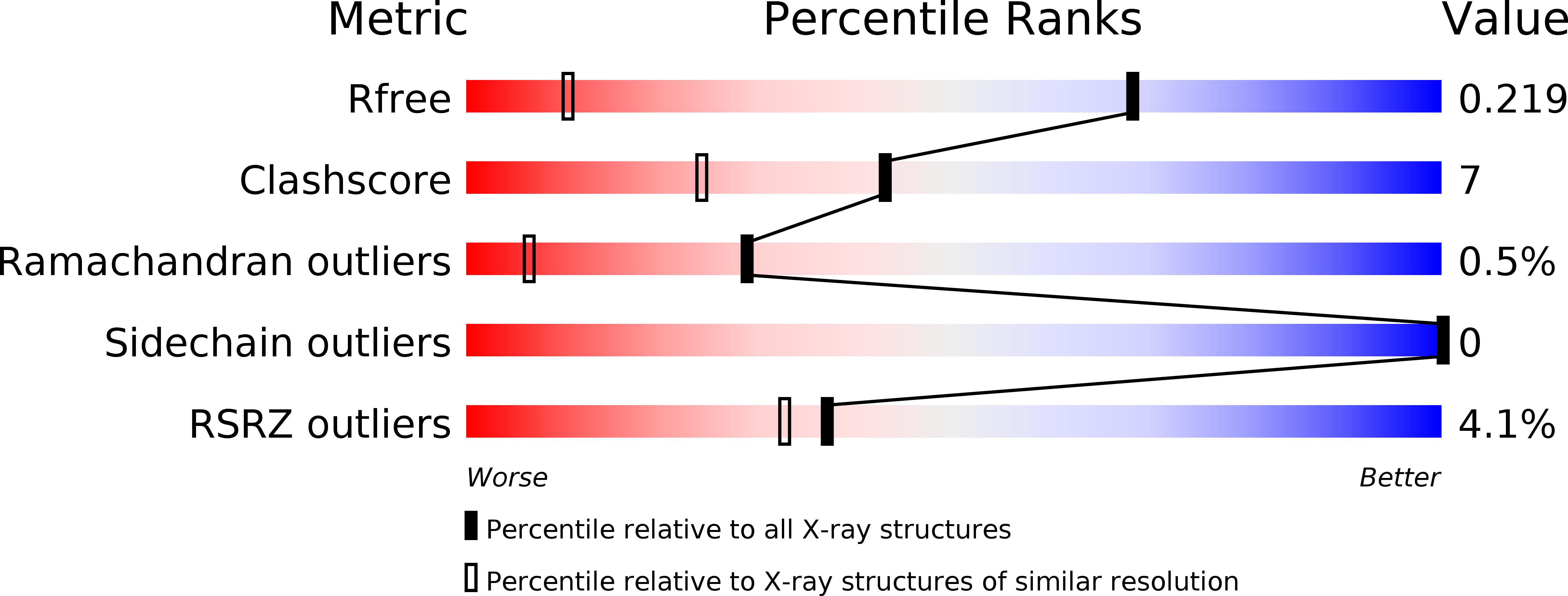
Deposition Date
2013-09-17
Release Date
2014-01-08
Last Version Date
2024-02-28
Method Details:
Experimental Method:
Resolution:
1.27 Å
R-Value Free:
0.20
R-Value Work:
0.16
R-Value Observed:
0.16
Space Group:
P 21 21 2


